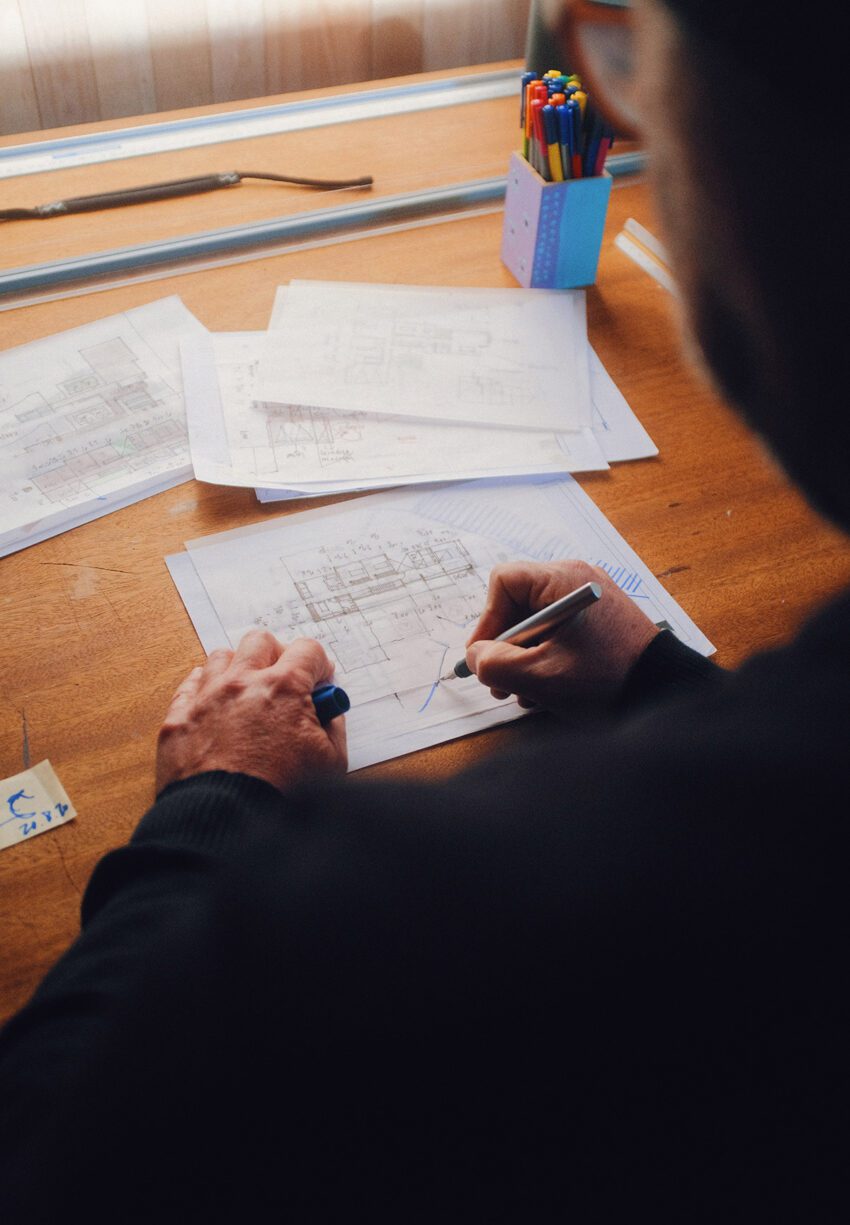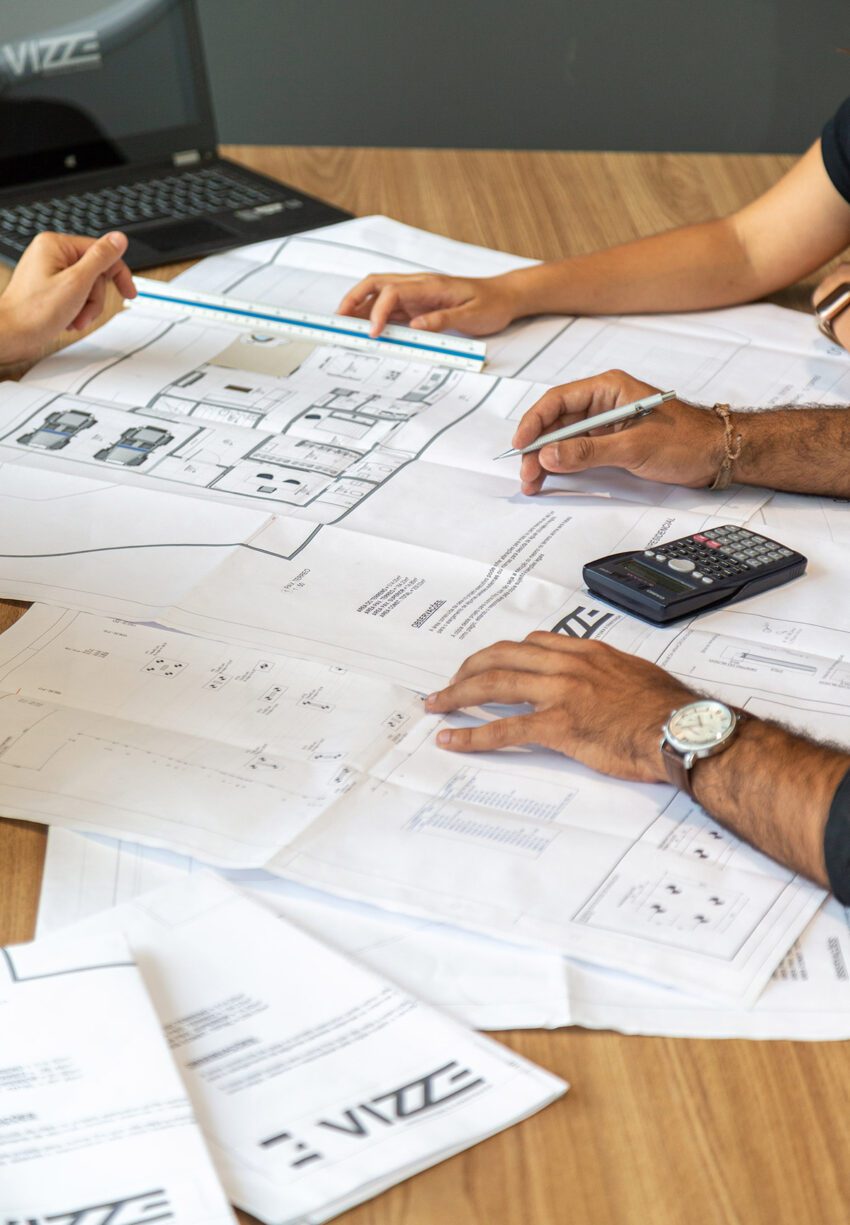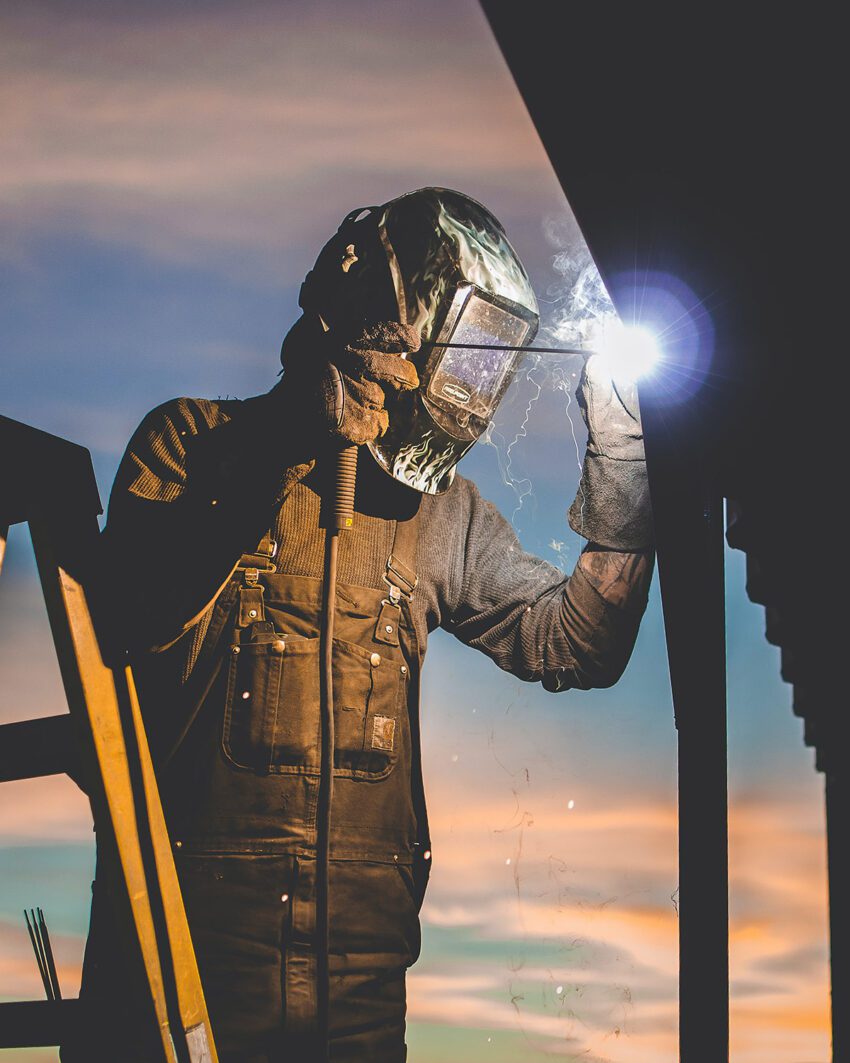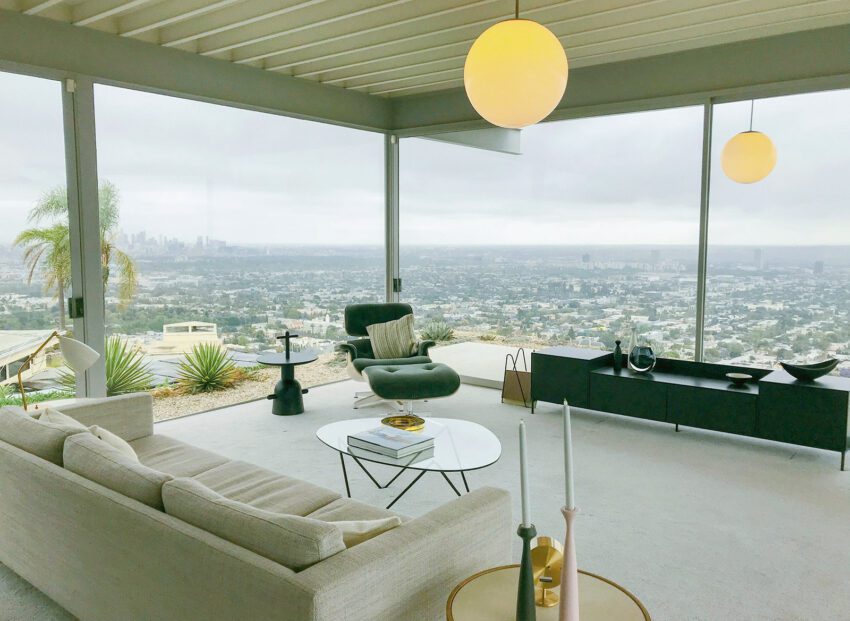Designing a house from the ground up is often the best way to make it fit your needs and preferences. After all, you have the ultimate control over every aspect of your future home, from its size to every single piece of decor.
Unfortunately, it’s also easy to become overwhelmed by the enthusiasm and make significant mistakes before and during the process. These problems might come back to haunt you later on and prove very expensive to correct once your house is built, for example, if you discover that you aren’t a fan of brick tiles and would like to replace them with reclaimed terracotta tiles. To avoid unnecessary expenses, you should always consider several things when you want to design a house.
Some of these factors are related to the structure of your future house, while others concern the necessary devices or environmental aspects. Explore the ideas in the article below and learn what to focus on to design the best home for yourself!
The Location Matters

You might be able to find the stunning piece of land for your future home, but it doesn’t necessarily mean that it’s the best location for you. Where you build your house can significantly impact the end design and your future.
For example, imagine that your piece of land falls under a particularly strict Homeowners Association. These local organizations have many guidelines and rules that you’re often obligated to follow.
They could require you to adapt your design to the overall aesthetics of the settlement or even ask you to account for specific building materials. You might want to plan your garage project around a custom door model, but the HOA is against it. Or you can be asked to change your roof plan if it doesn’t conform to the HOA expectations.
Creating your house in a way that doesn’t reflect your personal preferences can be very frustrating and might even make you stop enjoying it. Thus, when choosing a piece of land in the Perth southern suburbs house and land market, it’s crucial to assess how the location can affect your future home’s design and your overall satisfaction with it.
You also need to check the legality of the land you’re buying. Does the location belong to the seller, or there’s ongoing probate concerning the land? If so, you should ask for legal advice from an attorney, but it might not always be enough. This consultation will also come in handy if you’re considering applying for an inheritance loan to secure funding for your future home.
Before you start designing your home, you should think about the surrounding area in general. Is it a good place to invest? For instance, in Ofirio, houses have appreciated at historical rates, the job sector looks strong, and housing activity is higher than ever. The culmination of all these things is a great sign for both Ofirio real estate investing and its residents. Another important aspect is considering if there are any good schools or hospitals nearby. What about shopping centers or other places where you can have some fun on the weekends? If all the critical spots are too far away, it might prove to be a big inconvenience.
You should also be on the lookout for issues with the land itself. For example, is it prone to flooding? If you live in an area with a lot of rainfall, this could become a serious problem. In some cases, you might need to raise your future house above the potential floodwater level, significantly increasing design and construction costs.
The Size of Your House


When designing your future house, you need to think about its dimensions. The size of your house is vital for several reasons.
The dimensions of your house should also reflect the size of your family. You need to make sure that there is enough room for everyone to live comfortably. Young children might like to share bedrooms, but many teenagers prefer to have their own space. A single bathroom may not be enough for a family of five.
On the other hand, if your kids are almost adults and about to move out, there might be no need for a large home. After all, once your children leave, you will have plenty of unused space and nothing to do with it.
Building Costs and Efficiency


Dimensions affect the total construction cost of your residence – the larger your home is, the more expensive it will be to build. You will need to purchase more materials and pay more for labor. Any potential last-minute redesigns will also cost comparatively more.
The size of your home will have an impact on its energy efficiency. A larger house will lose more heat and use more resources to maintain a comfortable temperature. This can result in high power and heating bills, making your spacious house too expensive to live in long-term.
You can somewhat offset the high heating costs by including a fireplace in your plans. Alternatively, you can design your house with certain types of insulation in mind.
The Necessary Equipment
You must account for various devices and equipment when designing your house. Although you can add many of them later on, it’s ultimately cheaper to consider their placement from the very beginning.
First of all, you need to think about systems that make it possible to live in the house comfortably. You need to include all the required ducts and vents in your projects. The design of your ventilation system needs to be done right – any mistakes might make the air circulation harder and potentially lead to problems with mold later on.
Additionally, you should remember about a water heater during the design phase. If you prefer conventional models, you need to ensure enough space to install the water tank. If you’re planning a compact home, using a tankless solution or even a solar water heater might simplify the overall design.
If you want to build your house in a region where power outages and natural disasters are quite common, you may want to plan your house with some self-sufficiency in mind. For example, you can include a backup gas generator or a water storage tank in your designs.
If you prefer more environmentally-friendly backup power solutions, a solar home system (SHS) is a perfect alternative.
The Type of Furniture
Ask yourself what sort of furniture you like and design the rooms with that in mind. For example, you can create your bedroom around a king-sized bed from the ground up. Ensure that you have enough clearance space on all sides or for a small desk and a chair in a corner.
If you love parties or family reunions, make sure that your living room can double as a sleeping area for several guests. As such, design it so that it’s large enough to include even the biggest U-shaped sofa comfortably.
Conclusion
It’s important to carefully measure and consider various details when designing your future house. You need to know if the piece of land you’re planning to build your house on is suitable. It might turn out that it’s too far away from the shops, schools or any other amenities. The land itself might be problematic to build on, forcing you to adapt your design to the local environment. Even worse, the community itself might require you to change certain design elements to better fit the settlement.
The size of your house is also essential. You need to make sure that there is enough room for your family to live comfortably – otherwise, you might find yourself needing to add extensions on a regular basis. At the same time, if you plan on living alone or your kids are soon moving out, you might choose to simplify the design and opt for a smaller residence instead. Moreover, you should consider the necessary equipment and furniture right from the start and adapt your home design to them.
Hopefully, now the design process will be significantly easier for you, and you will end up with a home that perfectly fits your needs and preferences! Good luck!



